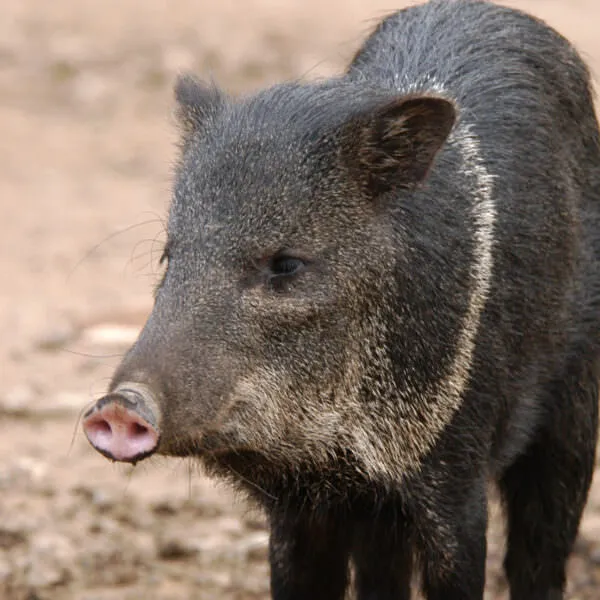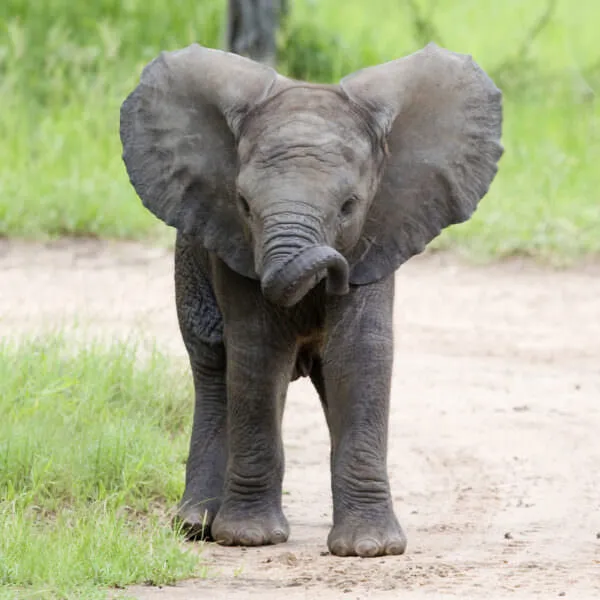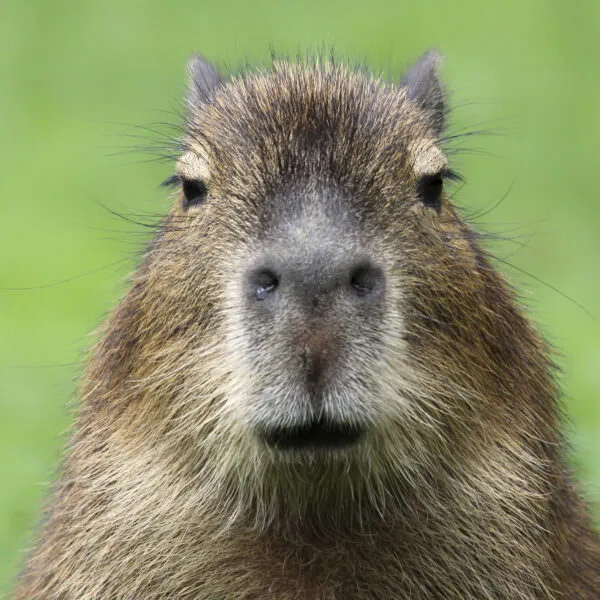Anatomy
The Amazon River dolphin averages about 6.5 feet in length. They come in all shades of pink, from a dull gray-pink, to rosy colored pink, to a bright pink like that of the flamingo. This color variation is due to the clarity of the water in which the dolphin lives; the darker the water, the pinker the dolphin will be. The sun’s rays cause the dolphins to lose their pink pigmentation. Murky water helps to protect the dolphin’s bright hue. These animals are also known to flush to a bright pink when excited.
There are several anatomical differences between the Amazon River dolphin and other types of dolphins. For one, Amazon River dolphins are able to turn their necks from side to side while most species of dolphin cannot. This trait coupled with their ability to paddle forward with one flipper while paddling backward with the other helps them maneuver when the river floods. These dolphins will actually swim up over the flooded land and their flexibility helps them to navigate around trees.
Additional characteristics that set these dolphins apart from other species are molar-like teeth that allow them to chew their prey and bristle-like hairs at the ends of their snouts that help them search for food on the muddy river bottoms.
We're All In
Together, we're building a future where people and nature thrive. Sign up today and join our movement...
Habitat
The Amazon River dolphin can be found in the Amazon River system as well as the Orinoco River system. These river systems flow throughout South America, specifically in the countries of Brazil, Bolivia, Ecuador, Venezuela, Colombia, Guyana, and Peru.
Diet
Amazon River dolphins feast on over 50 types of fish as well as crustaceans found on the river bottom and the occasional turtle.
Threats
Human activity is the main threat to the Amazon River dolphin. Although these dolphins have long been respected and unharmed because of the local belief that they have magical powers, these beliefs are changing. Some humans see them as competition and kill them so they will not have to share the river’s fish. The dolphins often become tangled in the nets of fishermen and die. Additionally, the building of hydroelectric dams in South American rivers, pollution, the loss of habitat and decrease in food sources, all threaten this unique species of dolphin.
Sources
- Jukofsky, Diane. Encyclopedia of Rainforests. Connecticut: Oryx Press, 2002.
- University of Michigan Museum of Zoology
- IUCN Red List of Threatened Species



